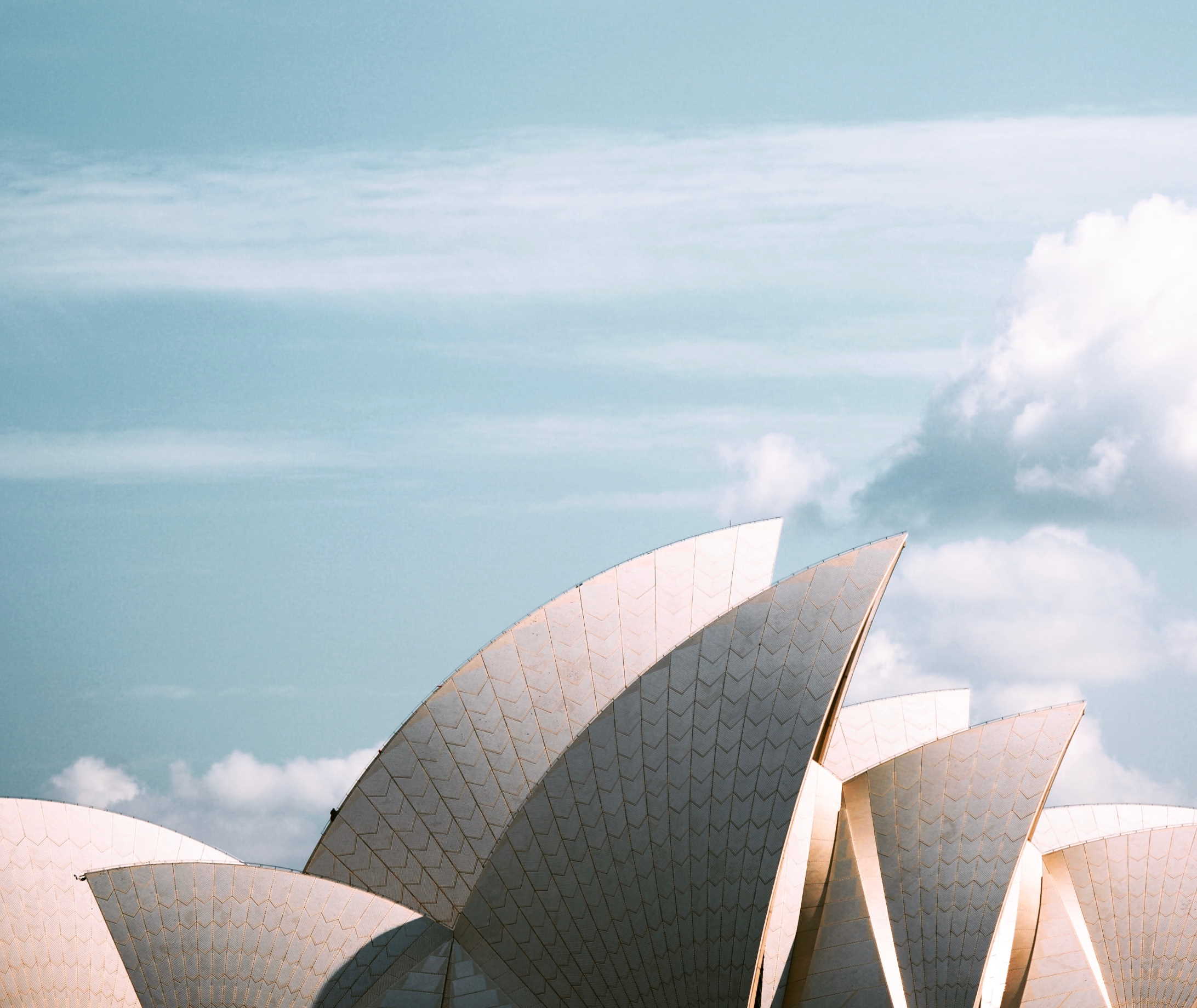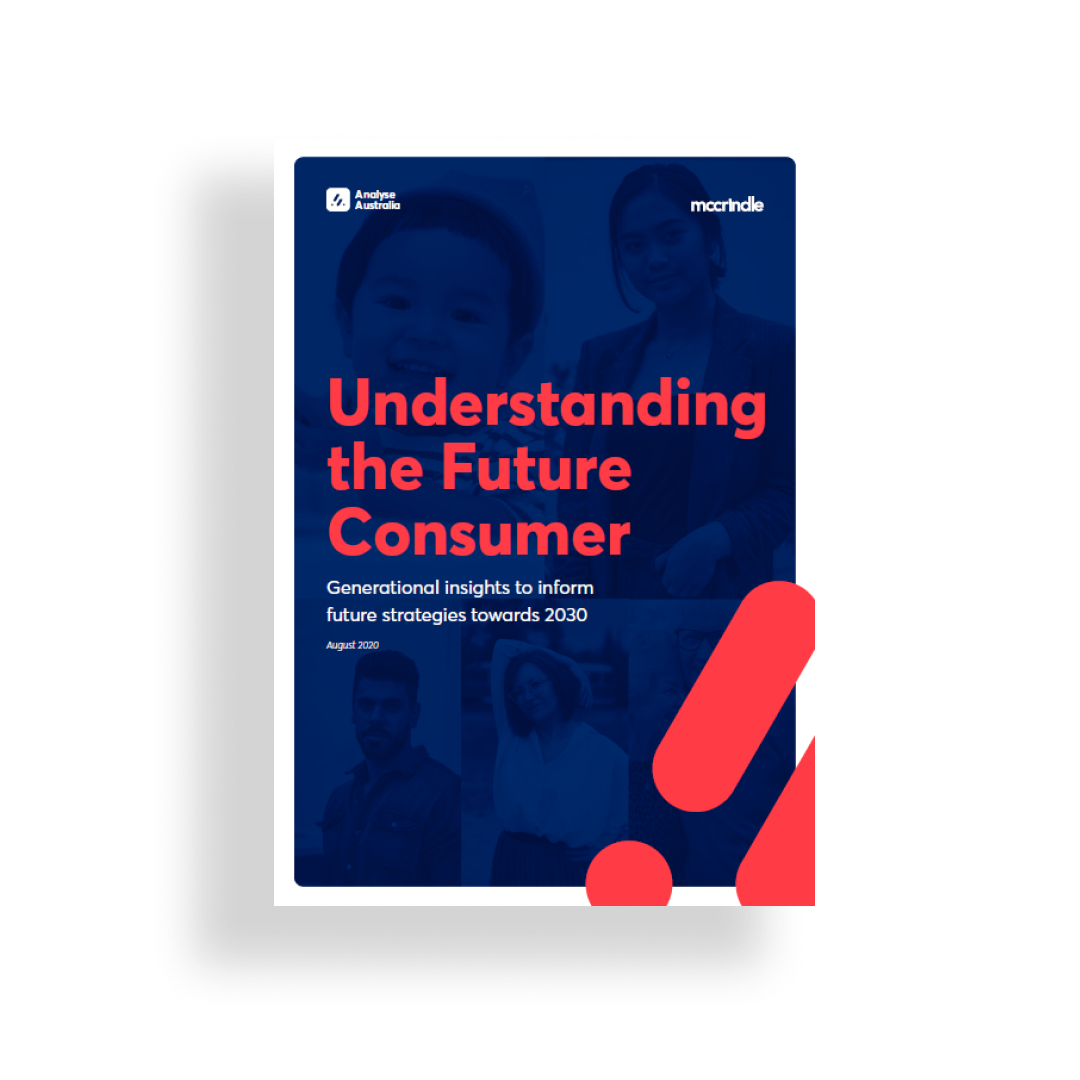Demographics
Ten surprising facts about Australia

There’s no place like Australia. As we look ahead into the new year and new decade, it’s time to ponder who we are as a nation and how we have changed. Australia as a nation is changing demographically, socially and culturally. Our population is expanding, and we are more diverse than ever before thanks to increased migration, economic trade and business endeavours.
Yet there are paradoxes to Australia’s narrative of growth.
The population is increasing but the birth rate is slowing. We are better off financially but delaying marriage and having smaller families. We change jobs and careers more readily, seek more flexibility yet are experiencing more stress at work. For Australians looking to plan ahead for the next decade, it is important to understand Australia’s changing landscape.
- Australia’s population is growing by more people annually than ever before. Currently at 25.8 million, we are projected to reach 36 million by 2040. This growth will likely result in a continued increase in densification, rising house prices and increased investment in infrastructure and services.
- Australia is now one of the most culturally diverse nations on the planet. Australia’s total population growth over the past year stands at 382,000, 62% of which is the result of net overseas migration (arrivals minus departures) with 38% is the result of natural increase (births minus deaths).
- There are almost 10 million households in Australia. The average household size is 2.6 people.
- Australia is experiencing record low fertility rates (1.74) but record high number of births overall (315,147). This is because a lower birth rate across a fast-growing population rate will lead to growing birth numbers.
- At the same time, mums are becoming older. In 1998 the median age was 29.5. Two decades later the age of mothers at the time of giving birth increased to 31.4.
- New South Wales, currently with a population of 8.2 million, is set to grow to 10.6 million by 2041, and 12.3 million by 2061. That’s an increase of 4 million people over the next 41 years, a growth of approximately 100,000 people per year.
- Victoria has the second largest population, currently at 6.8 million. It, however, has the highest growth rate at 2.1%. Voted the world’s most liveable city for seven years in the last decade, it is little surprise that Melbourne remains Australia’s fastest growing city.
- Three decades ago, the median age of Australia was 32, today it is 38. Australia’s population is expected to continue to age, increasing to a median age between 40 and 43 in 2066. Nowhere are the implications more significant than in employment. An ageing population leads to an ageing workforce.
- Australia is a nation at work: 13 million Australians are employed, out of which 8.9 million are employed full time and 4.1 million employed part time. Gen Y and Z now comprise the majority of the workforce. While these generations (born since 1980) comprise more of the workforce than those born before 1980, these new generations are also moving into leadership roles.
- The average job tenure is 2.9 years. That means the emerging generations are expected to have 18 jobs over 6 careers over their lifetime. We are now in an era of employment flexibility and empowered workers.





